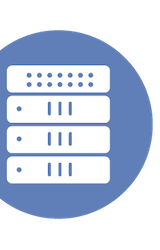Dell EMC Why Architecture Matters in Data Protection with Mark Sanders
Event: Storage Field Day 14
Appearance: Dell EMC Presents Data Protection at Storage Field Day 14
Company: Dell EMC
Video Links:
- Vimeo: Dell EMC Why Architecture Matters in Data Protection with Mark Sanders
- YouTube: Dell EMC Why Architecture Matters in Data Protection with Mark Sanders
Personnel: Mark Sanders
Mark Sander, Global Technology Office, Dell EMC, discusses the importance of architecture when it comes to data protection. Dell EMC designed their data protection solutions around policy management, data movement, robust networking, and with storage protection in mind. All this allows organizations to meet unchanging SLA requirements, even as data consumption grows.







